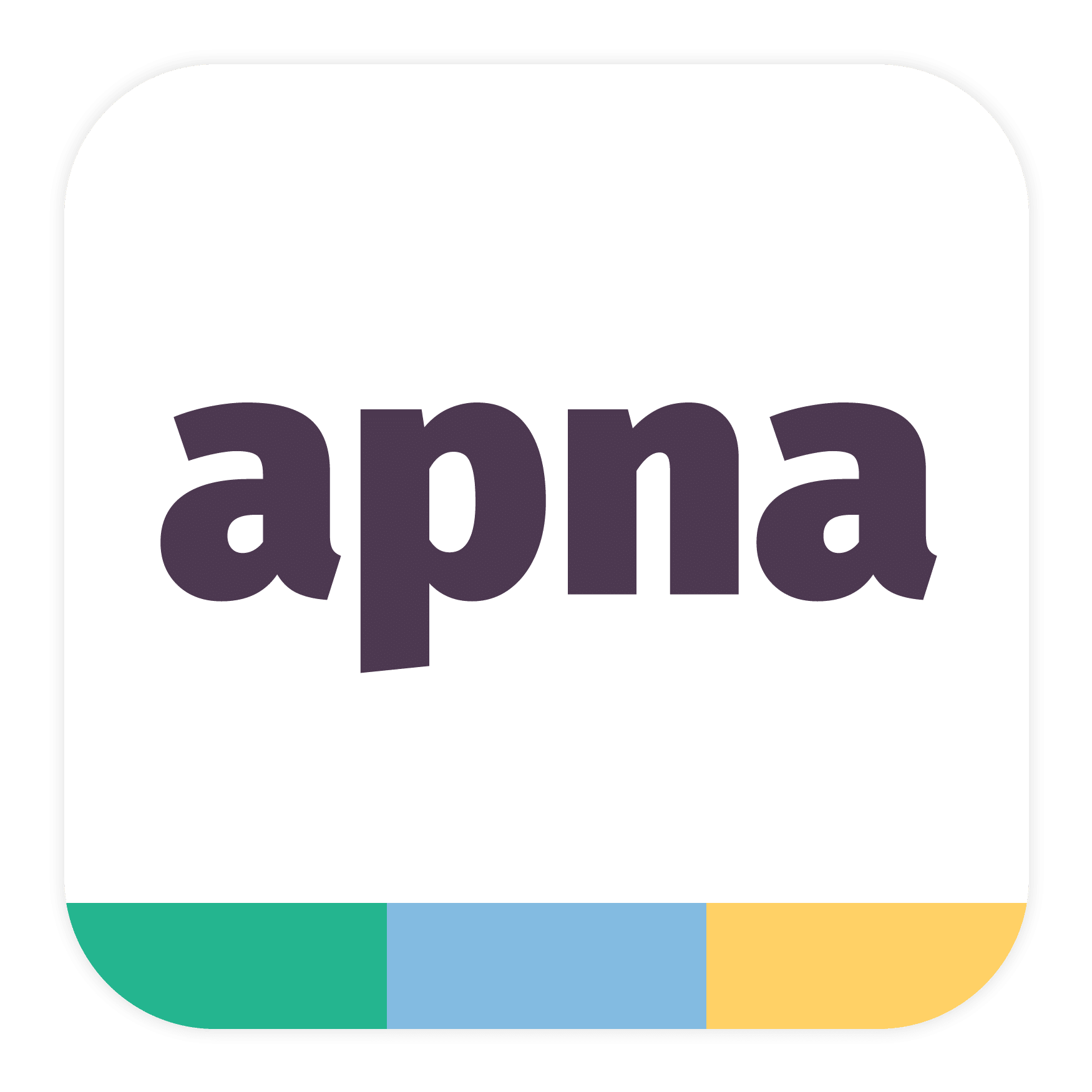
Creating a professional curriculum vitae (CV) can be a challenging task, as you need to understand the basics of CV writing format to highlight your skills and experiences. Whether you are applying for a new job, seeking academic or placement opportunities, or looking to switch careers and explore new job options, learning how to create a curriculum vitae is extremely important to find the job you dream of.
A good CV brings more value and strengths to your profile. Therefore, in this blog, we will look at understanding what a CV is, what should you include in your CV, different types of CV formats, and some tips for writing an effective CV for your next job application.
Let’s get started!
What To Include In A CV?
When creating a CV, it’s essential to include specific sections to provide a well-rounded picture of your qualifications. Here’s what you should include:
Contact Information: Include your full name, phone number, email address, and LinkedIn profile.
Professional Summary: A brief introduction highlighting your key skills, experience, and career goals. Tailor this section to the job or field you’re targeting.
Education: List your education history starting with the most recent. Include the name of the institution, the degree you earned, and when you graduated.
Work Experience: Detail your work history, starting with the most recent position. Include job titles, company names, locations, and dates of employment. Describe your responsibilities, tasks, day-to-day activities, and achievements in previous roles. If possible, also include data or numbers to quantify the impact you made.
Skills: Focus on the skills that relate to the job you want. This can include technical skills, interpersonal skills, or knowledge specific to the industry.
Certifications and Training: Include any additional certifications, licenses, or training courses that strengthen your qualifications.
References: Optional but recommended. You can include references or state that they are available upon request.
Create Your Free Cover Letter Now
Three Types Of CV Format
Choosing the best CV template depends on your career stage and the job you’re applying for. Here are three common types:
Chronological CV:
A chronological CV format is a type of CV template that shows your work experience starting with the most recent job first. This is the most commonly used CV format for job applications and is widely accepted. This format is ideal for those with a solid work history and experience, as it highlights your job history and how you’ve advanced in your career.
Functional CV:
The functional CV format focuses on your skills and achievements instead of your work history. This style is ideal for freshers, professionals looking to switch careers, or those with employment gaps, or someone wanting to showcase specific skills.
Combination CV:
As the name suggests, this is a professional curriculum vitae that combines both chronological and functional CV formats. It begins with a summary of skills and achievements and then presents a timeline of work experience. This CV layout is good for highlighting skills while also providing a clear insight into your career timeline. This template could be great for freshers as well as experienced professionals.
Read More: How to Negotiate Salary With HR Confidently With Sample Answers
Tips for How To Write A CV
Tailor Your CV: Customizing your CV according to the job requirements can make it more effective. Look at the job description and highlight skills and experiences that are most relevant to the role. Remember to include keywords, as this maximizes the ATS score of your CV and helps impress your recruiters.
Keep It Clear and Concise: Use bullet points and clear headings to make your CV easy to read. Avoid long paragraphs and ensure the CV layout is clean and professional.
Use Action Verbs: Begin bullet points with powerful action verbs such as “achieved,” “developed,” or “managed” to clearly show your abilities.
Quantify Achievements: Whenever describing your tasks or day-to-day activities from previous experiences, consider including statistics or data to quantify the impact of your achievements. For example, “Increased sales by 20% in six months” provides concrete evidence of your impact.
Proofread Carefully: A perfect CV is free of grammatical or spelling errors; therefore, proofread your CV carefully before sending it to your recruiters.
Include Relevant Keywords: It’s important to make your CV keyword-focused, as it boosts your ATS score and optimizes your CV to pass through Applicant Tracking Systems.
Keep Your CV Updated: Regularly update your CV with new skills, experiences, and achievements to keep it relevant and up to date.
Conclusion
Creating a well-designed CV that is clear and attractive is important for leaving a lasting impression on your potential employers. By knowing what to include, choosing the best CV format, and using these tips, you can build a professional CV layout that highlights your skills and helps you shine in a tough job market.
Remember, your CV is a reflection of your career journey, so make sure to invest the time to make your CV the best it can be!
Apna is India’s largest job platform to help you secure the job of your dreams. The Apna platform offers diverse job listings across India in various industries. Be it sales, marketing, HR, finance, software engineering, web development, product management, etc., Apna provides you with the best job opportunities to fulfill your dream of working with India’s top companies.
Apply with Apna today and find your perfect fit. Good luck with your job search!

